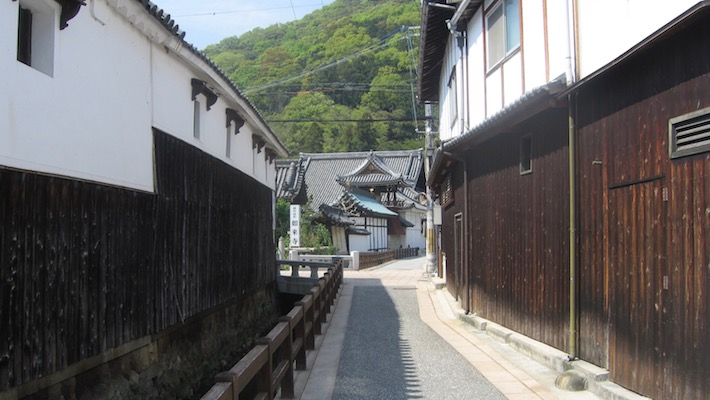
Harima Archives
2022.03.18 The History of Sake’s Yeast

Each Brewery Had Their Own Yeast
Every fermented food, such as soy sauce, miso, or bread, has a yeast suited to making it. The yeast used in sake-making has been the “house yeast” attached to each brewery from ancient times.
Because the tank or vat in which the sake is fermented does not have a lid, bubbles burst inside the tank, and the yeast splashes into the air. Such yeast attaches to the brewery and eventually gets back into the next fermentation tank. Additionally, the yeast mingles with microorganisms attached to people or elsewhere and repeatedly fight to survive, building up a unique taste suited to that brewery.
The Characteristics of Each Brewery: Kuraguse
The impact of yeast on sake is taste; it can also affect the strength of fermentation, flavor, etc. Since yeast only found in a specific brewery causes the fermentation, the sake made in the same brewery can produce a common flavor or taste. This is called kuraguse (brewery characteristics) derived from the yeast. (There are kuraguse derived from other things as well.) This creates the unique taste of a brewery and the entire environment in the broad sense, including the brewery’s concepts and brewing methods.
The Liquor Tax Was an Important National Tax
On the other hand, brewing sake with the house yeast can cause the problem of creating a certain amount of undrinkable spoiled sake. Around the 1900s, when the liquor tax accounted for about one-third of Japan’s tax revenue, it was necessary to have breweries make good sake that could be shipped reliably to secure tax revenue. This led to the establishment of the current National Research Institute of Brewing. The Annual Japan Sake Awards were held, gathering sake from across the country to identify breweries that could make quality sake. These initiatives continue to this day. There are many merits, such as providing breweries the opportunity to confirm the level of their techniques and build a reputation nationwide by gaining high acclaim.
Kyokai-kobo, Born in Modern Times
Once a brewery has been confirmed to make stable and good sake at the Annual New Sake Awards, the yeast from that brewery is isolated, a pure culture is prepared and distributed nationwide as yeast for sake. This is called Kyokai-kobo (association yeast). Furthermore, technical instruction on sake brewing is conducted to develop a system for the stable brewing of higher quality sake. Currently, yeast from Akita Prefecture’s Aramasa brewery, Nagano Prefecture’s Miyasaka Brewing Company, and Kumamoto Prefecture’s Kumamoto Prefecture Sake Institute, among others, are used nationwide as Kyokai-kobo.
Diversifying Sake Yeast
Before the Pacific War, there were 7,000 to 8,000 sake breweries in Japan before Kyokai-kobo was born. However, the peak of consumption and brewing of sake was around 1975. Compared to then, consumption fell by about 70% to about 30%. The number of sake breweries is also falling proportional to the consumption volume.
Against such a backdrop, there has been an increase in attempts to cultivate original yeast that is not Kyokai-kobo to brew new sake. One such example is a sake using yeast cultivated from flowers. Because flowers have the necessary sugar content and there are no microorganisms inside the flowers until they bloom, it is easy to obtain yeast for brewing sake. These original attempts create personality and diversification in tastes. Furthermore, making sake that goes with Japanese cuisine and cuisines from other countries is expected to develop the industry further.



